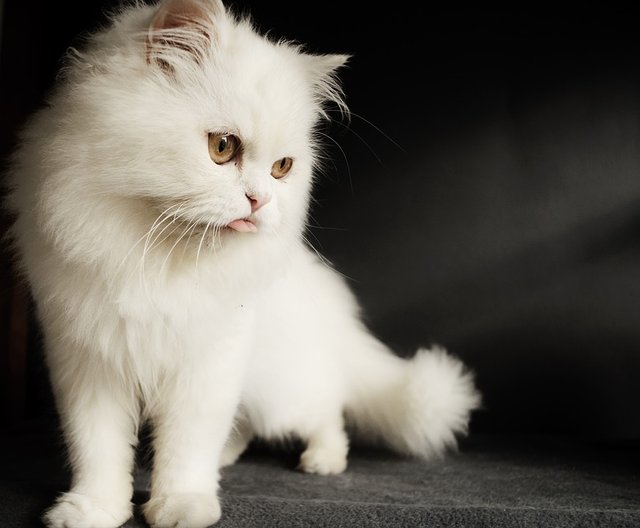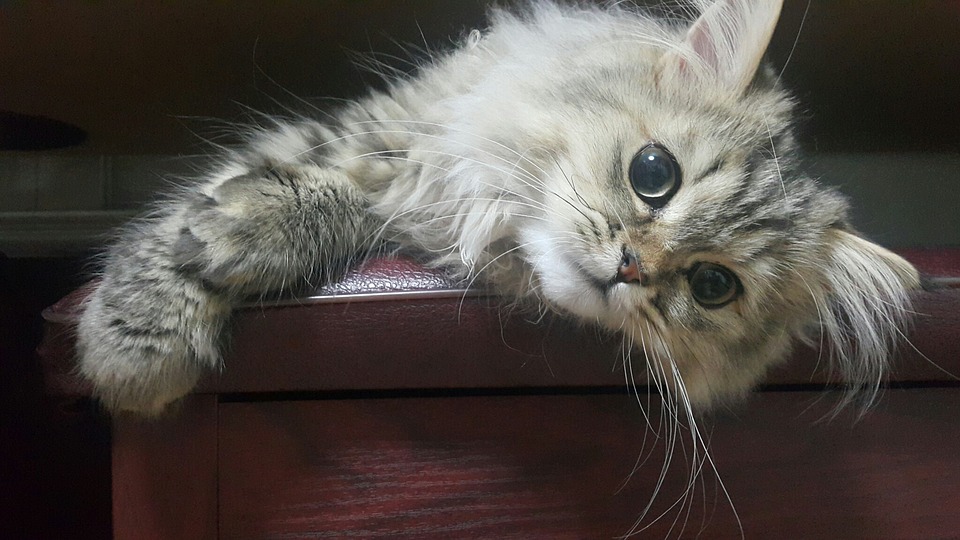What do you know about persian kitties??
- THEY WERE A TRAVELER'S SOUVENIR.
Like many breeds, the Persian cat’s origins are a mystery. According to some sources, longhaired cats have existed in the Middle East for hundreds of years—although research suggests that the kitties have genetics in common with cats from Western Europe.

Although nobody pretty is aware of when—or how—the relaxation of the world found Persian cats, one popular model is that the luxuriously-furred pussycat was once introduced to Western Europe with the aid of an Italian named Pietro della Valle. Della Valle was once a famous nobleman who journeyed extensively for the duration of the Holy Land, the Middle East, Northern Africa, and India. In 1620, della Valle handed through Persia—now regarded as Iran—and took a liking to the exotic, longhaired grey cats he noticed at a bazaar. He bought four pairs of them, and introduced them domestic with him to Europe. Of course, sailors, travelers, or merchants would possibly have additionally carried Persians with them from the Middle East to the Continent.
- THEY WERE IN THE WORLD'S FIRST CAT SHOW.
More than 250 years later, Persians took London by storm when the breed used to be showcased in the world's first organized cat show in 1871 at the Crystal Palace. The day-long exhibition also featured Siamese cats, a Scottish Wild Cat, and Manxes, among different wonderful felines. Proving that cats had been popular long earlier than the Internet, the match drew greater than 20,000 visitors. It additionally mustn't shock all and sundry that a Persian kitten received "Best in Show."
- THEY'RE BELOVED IN AMERICA ...
Sometime after 1895, Persians were brought to the United States. In 1906, the Cat Fanciers' Association used to be fashioned in America, and a Persian was one of the first cats registered. Today, the Persian is one of the most famous cats in the United States.
- ... AND BY FAMOUS HISTORICAL FIGURES.
Throughout history, many famous people have owned Persian cats. Florence Nightingale had 60 cats in her lifetime, and doted on a large Persian named Mr. Bismarck. Marilyn Monroe owned a white Persian cat named Mitsou. And Raymond Chandler reportedly examine the first drafts of his novels to his most discerning critic, a black Persian named Taki.
- THEY'RE LOW MAINTENANCE.
Persians might appear prissy and aloof, however they’re honestly considered to be one of the most low-maintenance—and friendliest—cat breeds.
- THEY COME IN MANY SIZES, COLORS, AND VARIETIES.
While iconic pop lifestyle Persians are usually white or silver (think the Fancy Feast Cat), the breed comes in a vary of shades and shades. From tortoiseshell and calico to orange, grey, and black-and-white, the sorts are plentiful. Other sub-variants of the Persian include toy and teacup sizes, Himalayans—which are a go between a Persian and a Siamese—and Chinchilla Longhairs, which have pointy noses and black-tipped fur.
- THEY’RE POP CULTURE ICONS.
Speaking of Mr. Bigglesworth and the Fancy Feast cat, the Persian is perhaps one of the most well-represented breeds in famous culture. James Bond supervillain Ernst Stavro Blofield and his parody alter-ego, Dr. Evil, each love stroking their white, blue-eyed Persians. (Spoiler alert: Mr. Bigglesworth’s lush fur freezes off in a sad—yet hilarious—plot twist.) The 2001 movie Cats & Dogs aspects a diabolical Persian named Kitty Galore. Also, a species of Pokémon is named after the Persian.
- THEIR FACES HAVEN’T ALWAYS BEEN—AND AREN’T ALWAYS—FLAT.!
After its coat, the Persian’s most distinct attribute is its flat face. However, the breed hasn’t constantly had a squished visage. Persians once had a more reported muzzle, but in the Fifties a genetic mutation precipitated a batch of kittens to be born with scrunched features. Breeders preferred the aesthetic, and over the years they used selective breeding to taper down the cat’s silhouette.
Some kitties, referred to as “traditional” or “doll-face” Persians, still appear like their pointy-featured ancestors. Others have a “peke-face,” or an “ultra face,” which describes the form of smushed-in mug the Persian is known for today. The Cat Fanciers' Association views the peke or ultra-faced Persian as the breed’s present day trendy [PDF]. However, it comes with a price: Persians with this characteristic have runny eyes, labored breathing, and frequently hostilities to consume their food.
- THEY'RE SIMILAR TO TURKISH ANGORAS.

Persians look a lot like Turkish Angoras, which are every other breed of fluffy tom cat that arrived in Europe from the Mediterranean in the 1500s. The two have been cross-bred over the years to enhance the Persian cat's coat—so lots so that the breed almost went extinct. Turkey set up breeding packages to help store the Angora. Persians have a stockier build, a large head, rounder eyes, and a barely longer coat, whereas Turkish Angoras have lithe bodies, pointed ears, and a plume-like tail.
- THEY’VE BEEN IMMORTALIZED IN ART.
Recently, a 6-by-8.5-foot art work that’s purported to be the “world’s largest cat painting” offered at auction for greater than $820,000. The late 19th-century oil portrait is referred to as My Wife's Lovers, and it as soon as belonged to a wealthy philanthropist who commissioned an artist to paint her enormous assortment of Turkish Angoras and Persians. Other popular Persian artwork consist of White Persian Cat through famous folks artist Warren Kimble and Two White Persian Cats Looking into a Goldfish Bowl by using late pussycat portraitist Arthur Heyer.